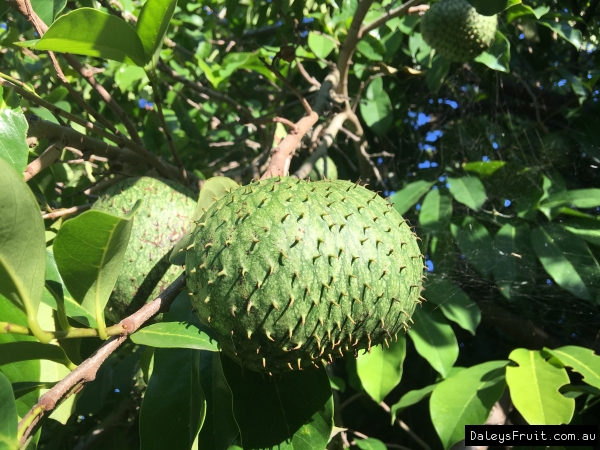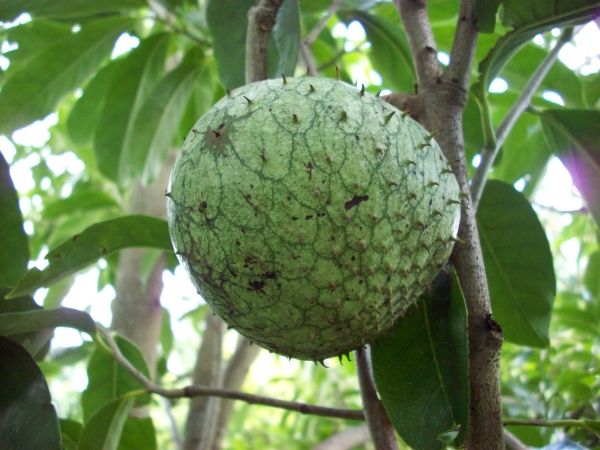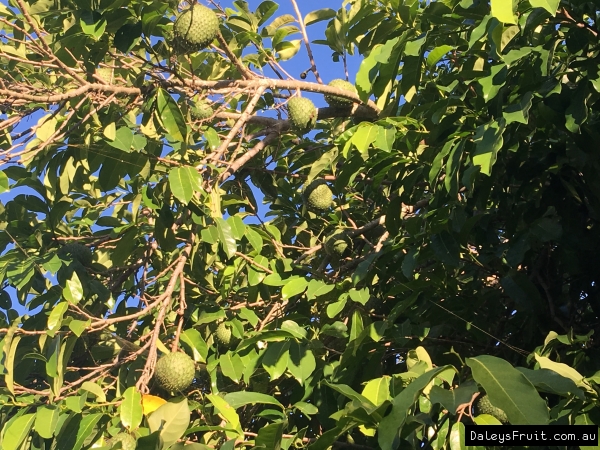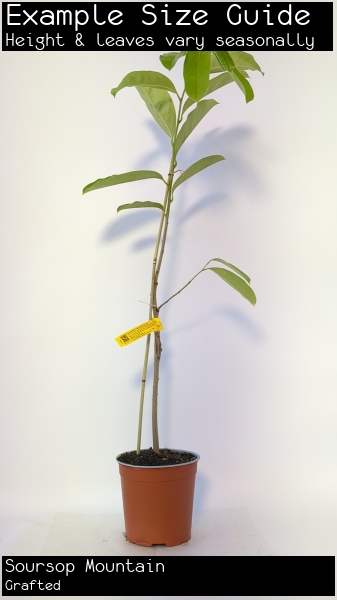Soursop Mountain
Annona montana$46.95 ($29.00-$79.00 choose a size)
Specifications of Soursop Mountain
Preferred Climate Tropical, SubtropicalLearn About Climate Zones
Grown From SeedlingLearn About Propagation Methods
Max Height (when in the ground with good conditions) 5-10m
Plants required to Pollinate 1 (Self Pollinating)Learn about Pollination
Can it Handle Frosts? Sometimes
Amount of leaves in Winter? Some Leaves (Partly Deciduous)
Water Requirements Moderate Watering
Is it a Dwarf Fruit Tree? No (Full Size)
Time to Fruit/Flower/Harvest 5+ Years
Sun or Shade Full (Sun:80%-100%)
Preferred Soil Type Good Drainage
Soil pH Neutral (6.6-7.3pH)
Fruiting/Harvest Months February, March, May
Create a Filter to find similar plants
Customers also bought
These plants are often purchased together. Also check plant information for suitability in your orchard.
Longan - Haew
$79.00 ($79.00-$79.00 choose a size)
Canistel Aurea
$79.00
Wampee - Guy Sam
$49.00 ($49.00-$79.00 choose a size)
Avocado - Giant Jala PBR
$79.00 ($79.00-$99.00 choose a size)
Rollinia - Picone
$79.00 ($79.00-$99.00 choose a size)
Custard Apple - Golden Emperor
$89.00 ($89.00-$99.00 choose a size)
Customer Tips & Reviews Soursop Mountain
Soursop Mountain
Can someone tell me if the prickles hurt on the fruit? I want to plant this in a walk way.

































